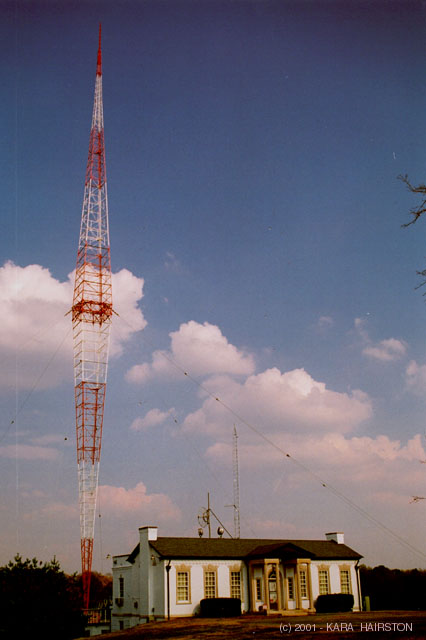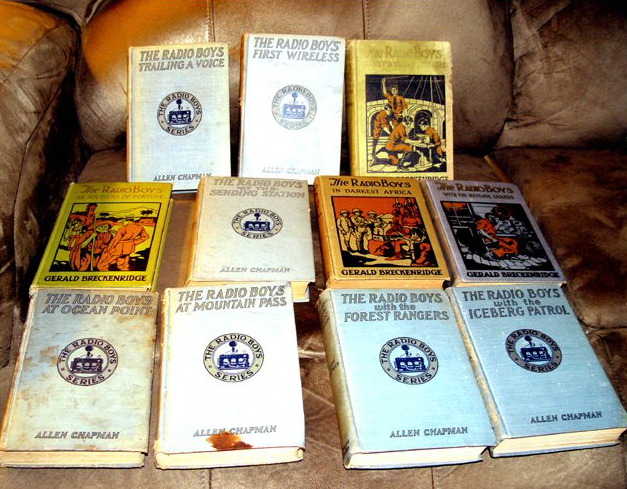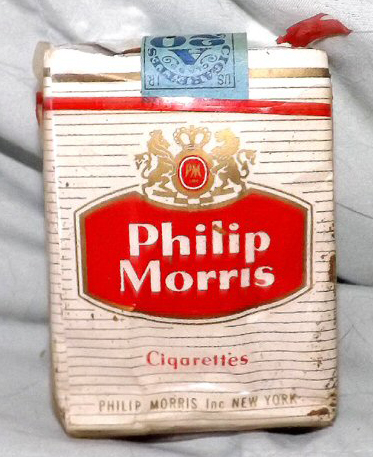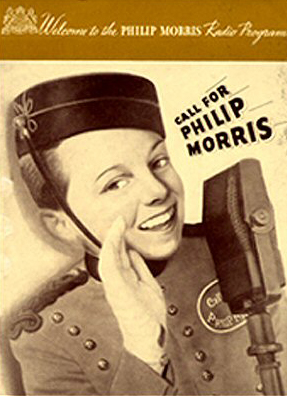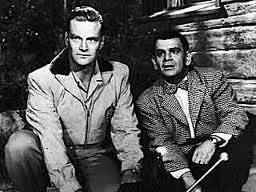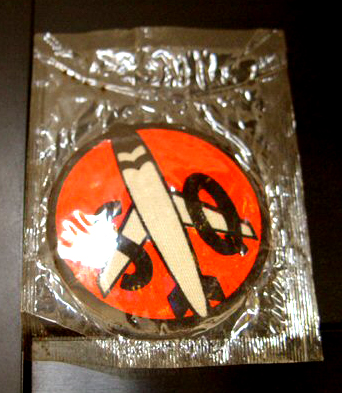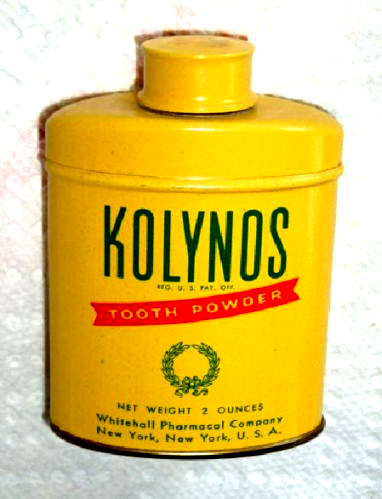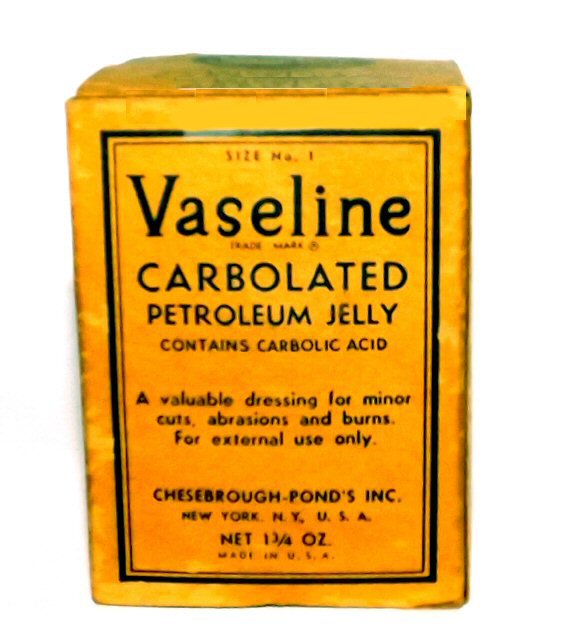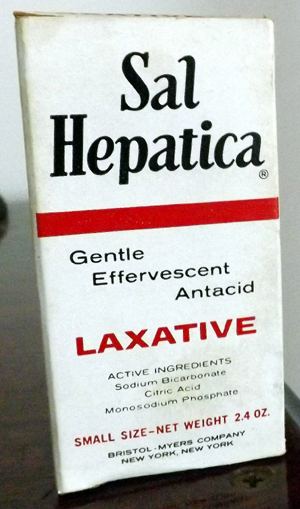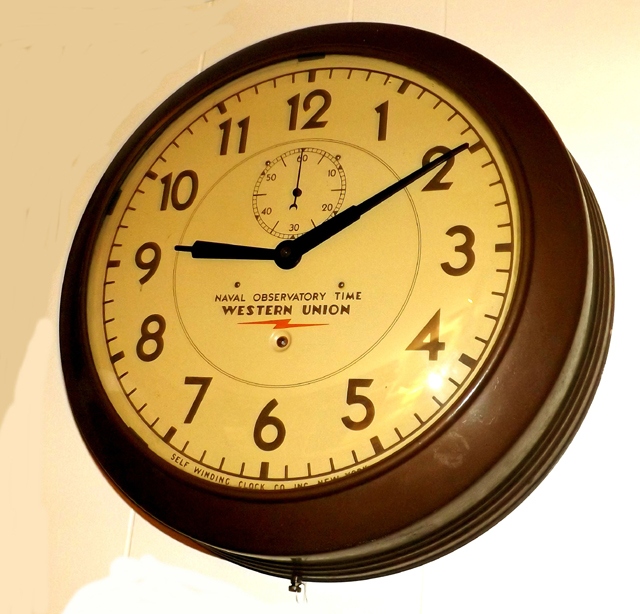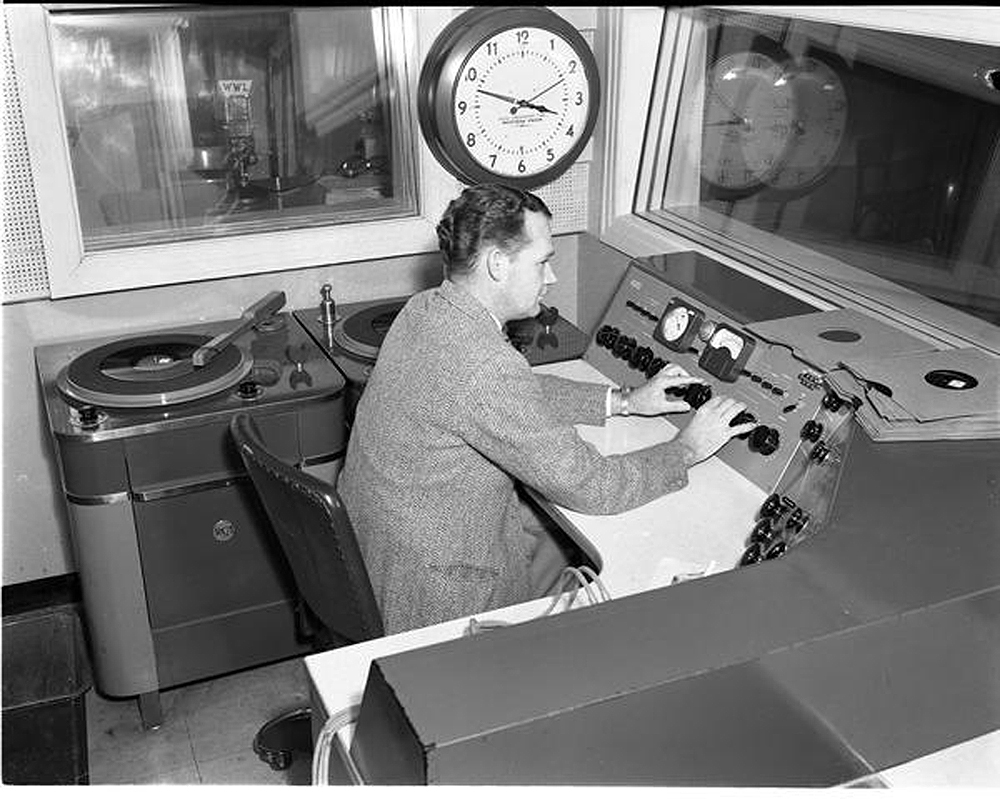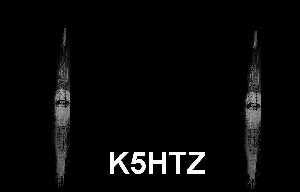 |
Radio Related Links |
| MUSEUM OF YESTERDAY |


-THE MUSEUM OF YESTERDAY'S RESEARCH LIBRARY-

 |
The Museum Of Yesterday houses a complete library of historic recordings and documents including books, program schedules, photographs, as well as several thousand early performance and "golden age" radio broadcasts on steel wire, slate disks, Edison cylinders, vinyl disks, magnetic tape and digital media. Our collection now includes several thousand slate and vinyl phonograph recordings of historical performances, including over 200 Edison cylinder recordings, thousands of original radio show broadcast recordings, and many specialty recordings of the Victor Talking Machine era. In addition, we house a large printed and electronic media based library of antique reference and radio history books. Among the items in the collection are a complete series of QST Magazines dating from 1915 to present, ARRL Handbooks dating as far back as 1926, and a complete collection Sams PhotoFacts, Ryder's and Beitman's service manuals, "The Radio Boys" stories, and literally thousands of technical books, schematics and equipment instruction and maintenance manuals and catalogs. While the museum is currently a limited access private collection, we are happy to answer research questions as time and staff limitations permit. |
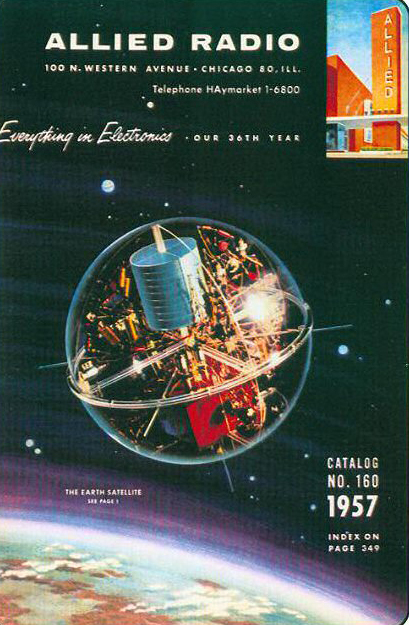
A personal recollection from museum founder and chairman, John DeMajo:
Shown here is an Allied Radio Corporation of Chicago catalog from 1957. This was the year that my interest in electronics and radio peaked. As a young boy, I spent hours studying these electronic supply catalogs. My grandfather occasionally purchased Knight Kits from Allied to aid in my informal education to electronics. Exposure to radio construction, in those early years, is what set the path in life for me to become an engineer. In our collection of wireless memorabilia, we presently have a large assortment of Allied Radio catalogs, as well as those from Walter Ash Company, Lafayette Radio, and Fair Radio Sales, spanning the years from the 1930's to the 1970's. .
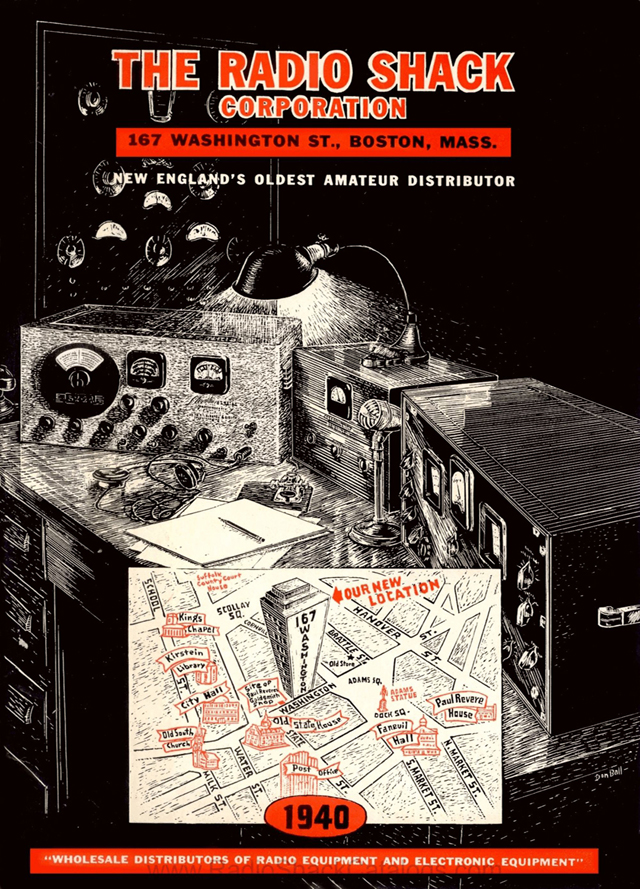
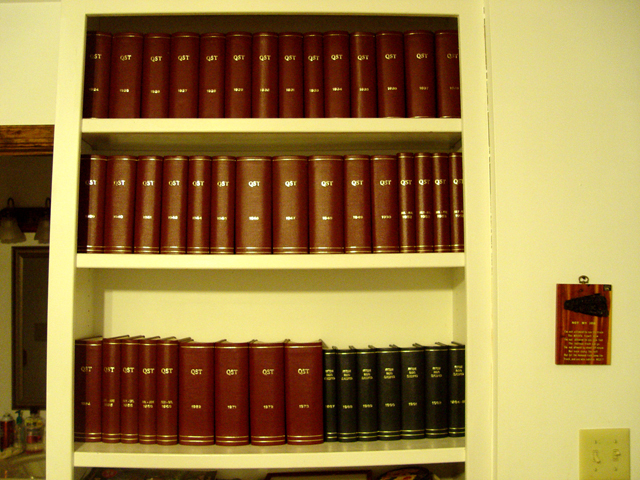
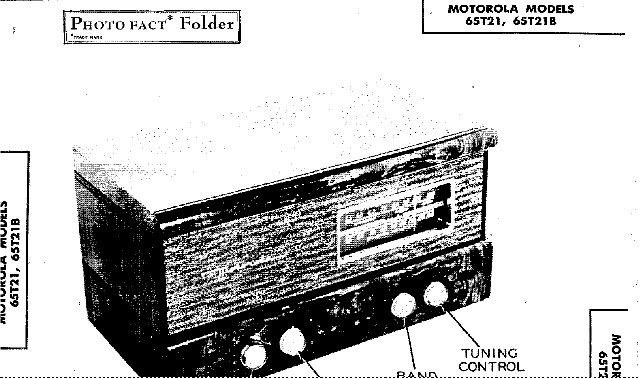
Some of the "Radio Boys" series by Allen Chapman
We have provided this link to download an example of the "Radio Boys" series. Click the photo above to download.
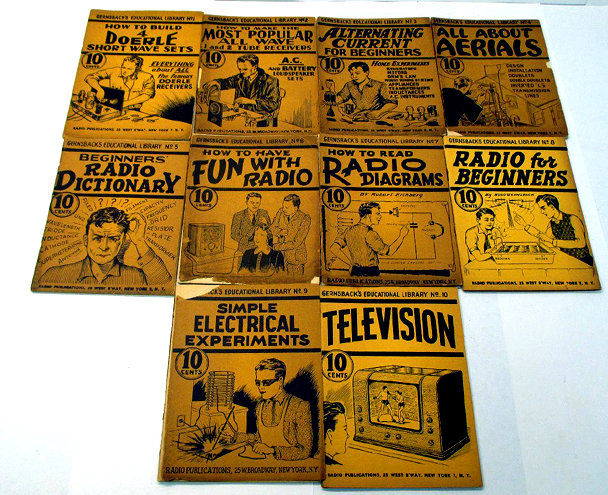
The museum library houses a rare full set of the Hugo Gernsback Electronics Library of "How-to" radio and television books. These books have provided guidance and peaked the interest of radio hobbyists since they were first published in the 1930s. Now believed to be in the public domain, they have been made available on various web sites. In an effort to present the entire series in one location, we offer the following downloads for educational and historic preservation purposes. Click on the buttons provided to download each volume.
Volume 1- HOW TO BUILD DOERLE SHORT WAVE SETS ![]()
Volume 2 - MOST POPULAR ONE AND TWO TUBE RECEIVERS ![]()
Volume 3 - ALTERNATING CURRENT ![]()
Volume 4 - ALL ABOUT AERIALS ![]()
Volume 5 - BEGINNER'S RADIO DICTIONARY ![]()
Volume 6- FUN WITH RADIO ![]()
Volume 7- HOW TO READ RADIO DIAGRAMS ![]()
Volume 8 -RADIO FOR BEGINNERS ![]()
Volume 9 - SIMPLE ELECTRICAL EXPERIMENTS ![]()
Volume 10 - TELEVISION (early edition) ![]()
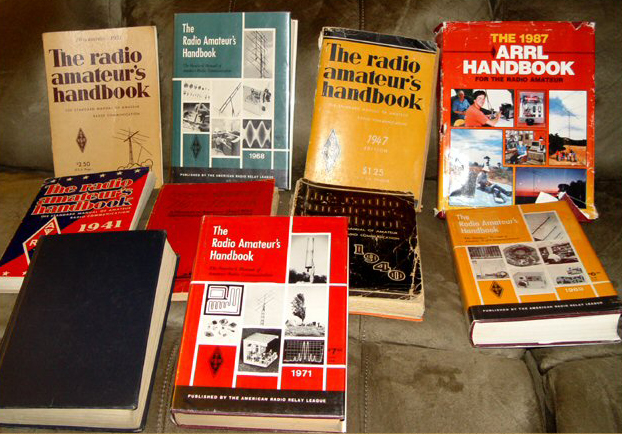
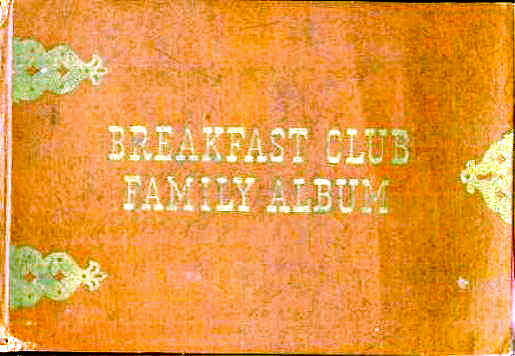
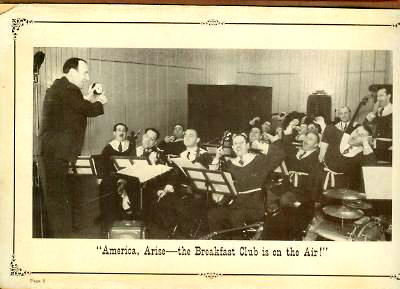
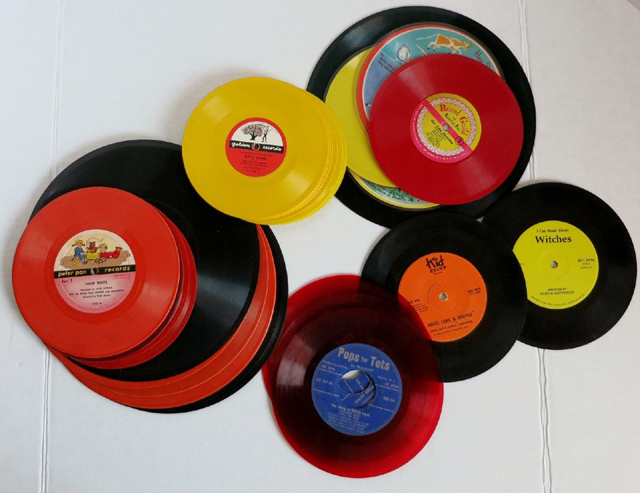
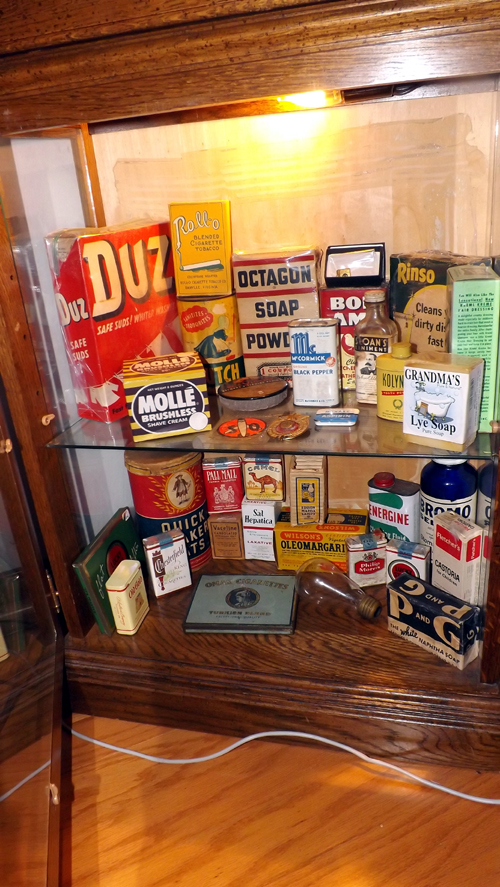
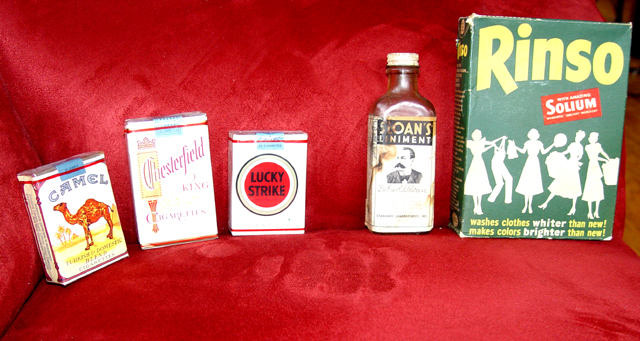
HINT: Click product above to hear original radio commercial
 |
Radio as we knew it, would not have happened without sponsorship by the great companies that made up the American advertising landscape in the Twentieth-Century. Cigarette companies, makers of soap products, and many other giants of the Madison Avenue landscape, sponsored many of Radio's network programs of old. The Camel Caravan, The Lucky Strike Hit Parade, The Philip Morris Playhouse and Chesterfield's Dragnet were only a few of the many shows that were funded by cigarette advertising. While cigarette advertising was big in radio, other product associations were notable. Sloan's Liniment, for example, had a long association with "Gangbusters," and soap products such as New Rinso with Solium. Ivory Soap, Duz Tide and All were associated with radio's daily line-up of fifteen-minute drama serial shows known as "Soap Operas." |
One of Radio's advertising giants was Philip Morris Tobacco. Based in our home town of Richmond, Virginia, the Philip Morris Tobacco Company took full advantage of radio and early television to advertise its products. Johnny Roventini, a 4 foot bell captain from a New York hotel, found his way into the Radio advertising business through the ingenuity of advertising executive Milton Biow. To read Johnny's story, click this link: |
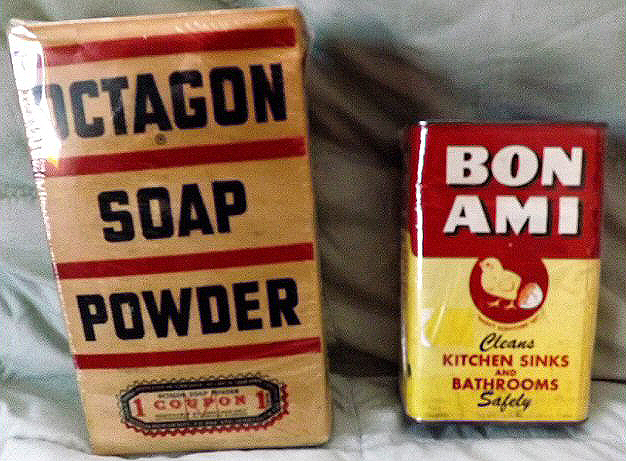
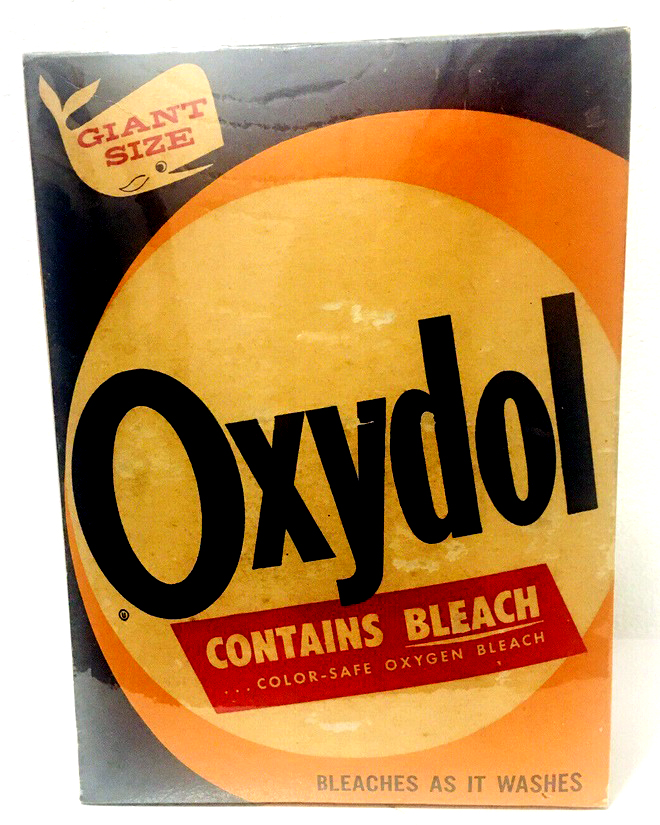
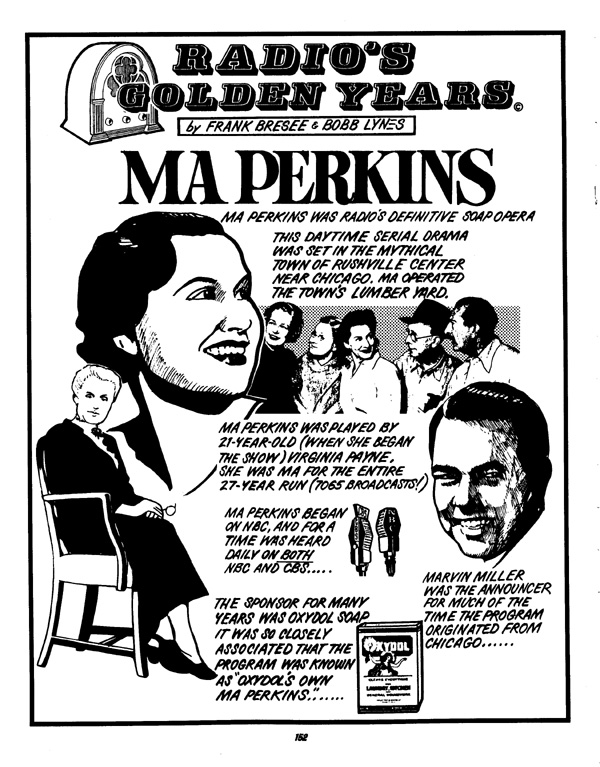
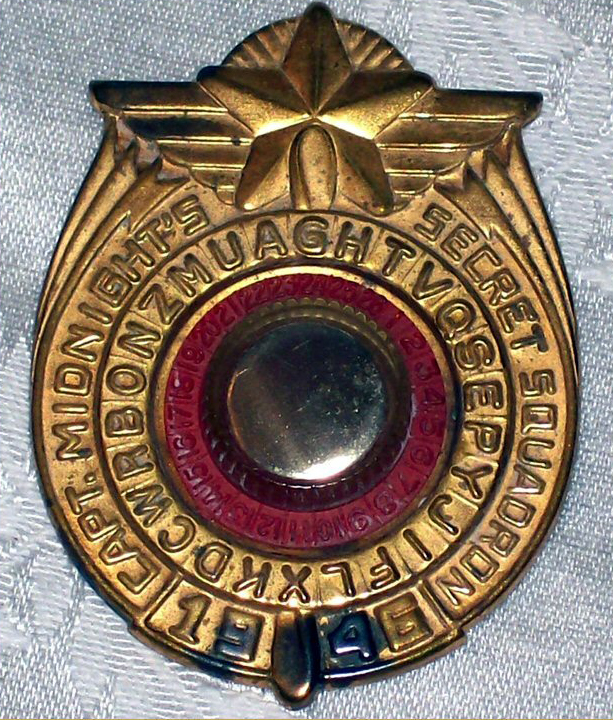
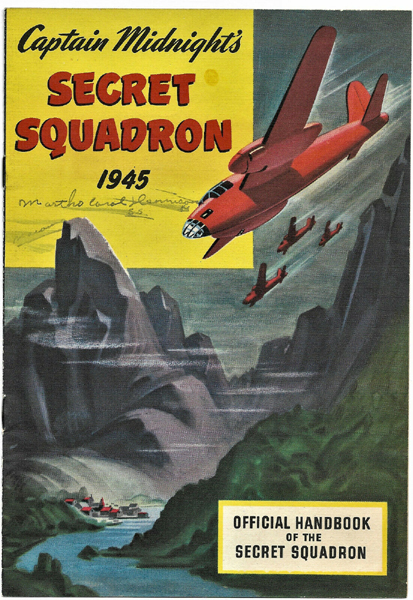
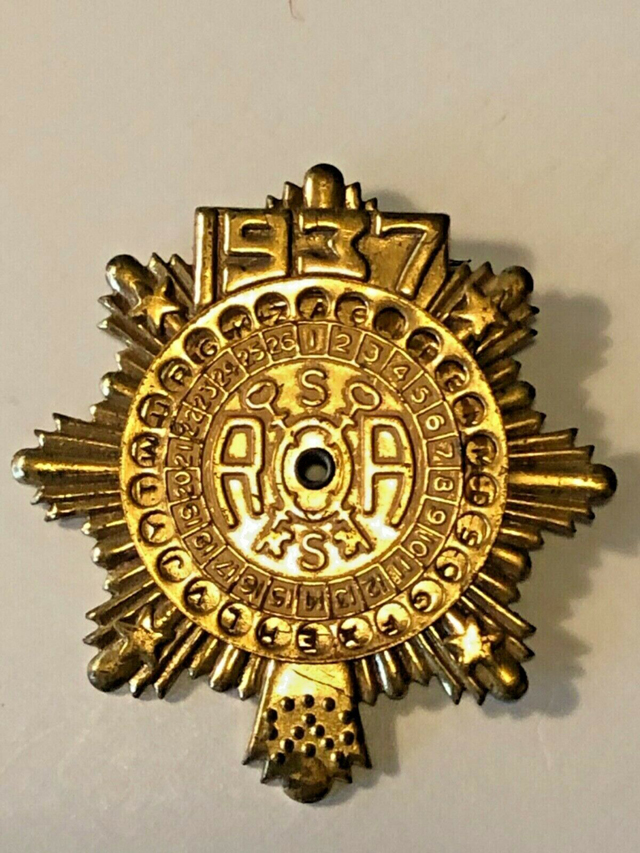
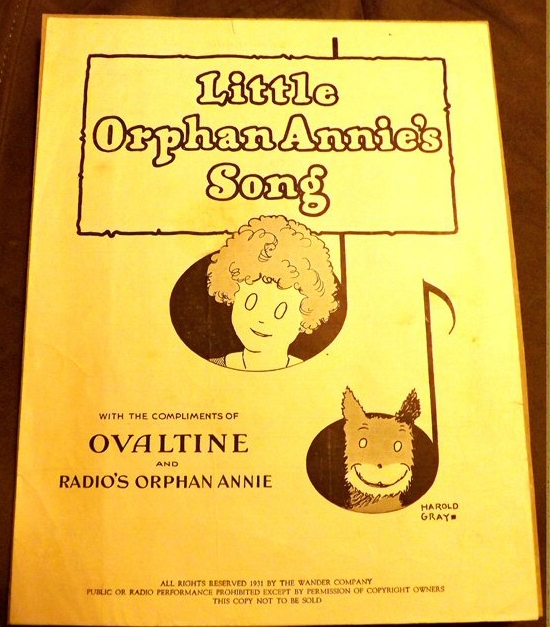
The makers of Ovaltine also distributed complementary copies of the theme song from the "Little Orphan Annie Show " a children's serial based on the Harold Gray newspaper comic strip of the same name, and sponsored by Ovaltine. The show debuted on the Blue Network in 1931. This original sheet music copy of the 1931 composition is in the historic sheet music collection of the Museum of Yesterday.
To hear the original lead-in to the show, featuring the show's announcer Pierre Andre' singing and accompanied on the theatre pipe organ by the show's organist Leonard Salvo, click the music above,
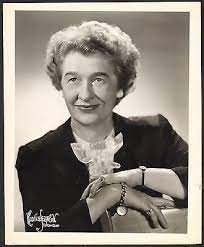 |
Give-away premims were not limited to children's programs. Mary Lee Taylor, (pseudonym for, and a character created by Pet Milk advertising executive Erma Proetz) played the role of a home economist, and hosted a Saturday morning program on NBC during which she presented weekly soap opera like skits depicting a fictional young married couple's adventures and problems. Later in the program, Mary Lee described her featured recipe of the week, based on the use of the sponsor's product Pet Milk. A much sought after miniature cook book of her recipes was available to listeners who sent in a request by mail, as was a bracelet charm that resembled a can of Pet Milk You can hear an example of the program by clicking this link. Examples of both the Pet Milk cookbook and the bracelet charm are in the "Word From Our Sponsor" exhibit which is part of the Museum Of Yesterday's radio and communications collection. |
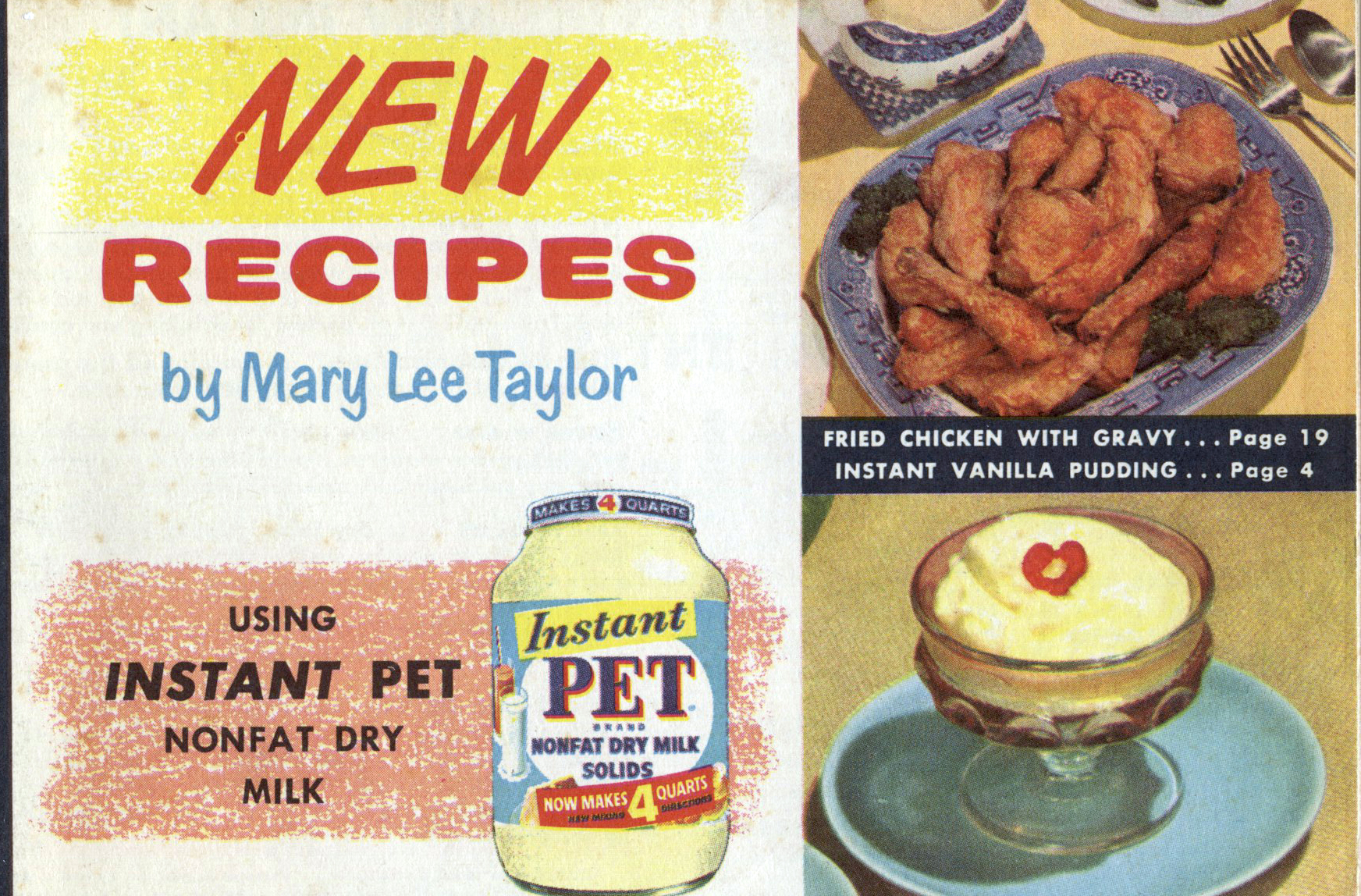 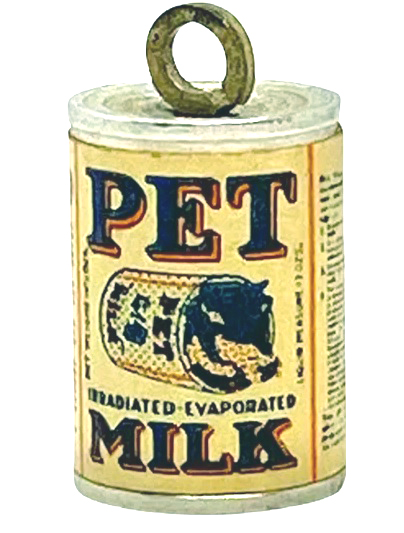 |
|
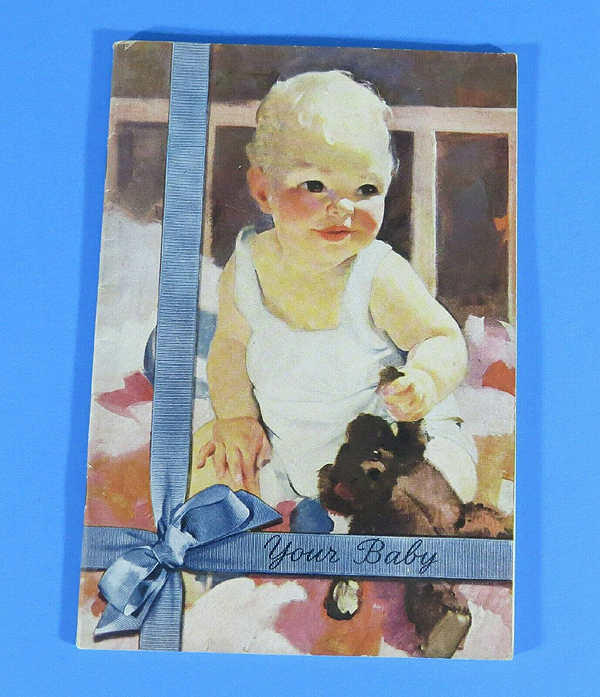 |
As part of the program's running story, the couple went through a pregnancy and added a baby girl to their family. In celebration, Pet Milk produced and offered a free 52 page book, with baby care advice. Of course the book recommended that parents feed their babies Pet Milk products. A rare copy of the Pet Milk Baby Book is housed in the museum's "A Word From Our Sponsor"collection. |
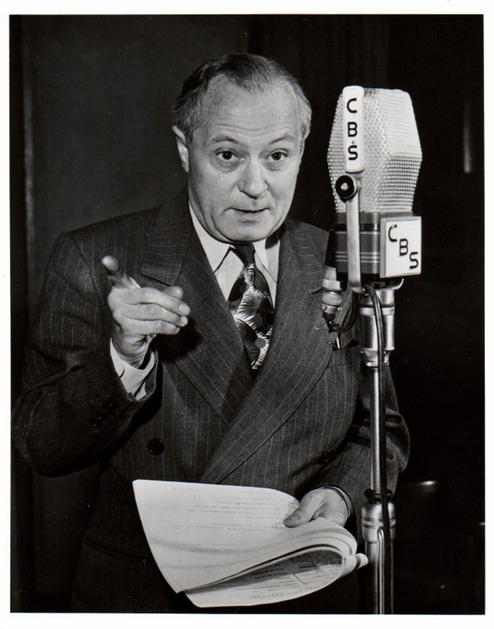 |
||
Many "Golden Era radio programs were closely identified with their sponsors. One such show, "Mr. Keene- Tracer Of Lost Persons," starring Bennett Kilpak as Mr. Keene, was sponsored by Kolynos Dental Care products. A 1940s vintage original and unopened can of Kolynos tooth powder (shown above) is housed in the Museum Of Yesterday radio sponsors' collection. Click on the Kolynos container above to hear the lead-in to "Mr. Keen Tracer Of Lost Persons." |
||
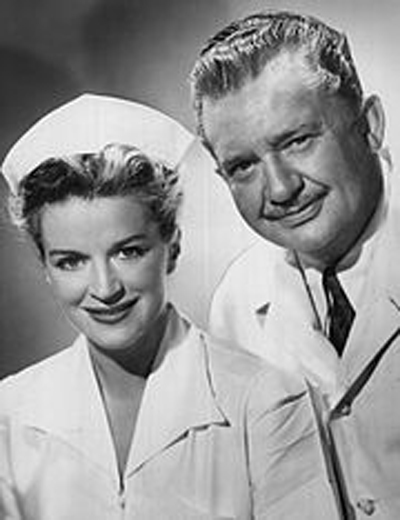 |
|
Dr. Paul Christian, the character portrayed by screen actor Jean Hersholt, shown here with Rosemary DeCamp who played his faithful nurse-assistant Judy Price, had a long running sponsorship of the Chesebrough-Ponds Company, makers of Vaseline Petroleum Jelly. The program, which was broadcast over the CBS Radio Network, was known as "The Vaseline Program; the show where the audience writes the script," and over the years, awards were given to many non-professional writers who submitted scripts to the Dr. Christian Script Writing Contest. Among the winners were many virtually unknown-at-the-time writers including Rod Sterling and Earl Hamner. Like Hamner and Sterling, a number of the winners of the Dr. Christian Script competitions went on to become famous in their own right. The unopened bottle of Vaseline Petroleum Jelly, shown above, resides in the "radio sponsors" gallery of the Museum Of Yesterday. Click the photo of the Vaseline container above to hear the Vaseline commercial lead-in from this show. |
|
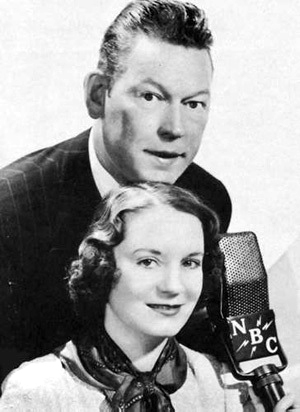 Comedian Fred Allen and wife Portland Hoffa |
|
Bristol-Myers "Sal Hapatica" product sponsored several successful shows on Radio including Fred Allen's "Allen's Alley," "Mr. District Attorney" and the "Eddie Cantor Show." |
|
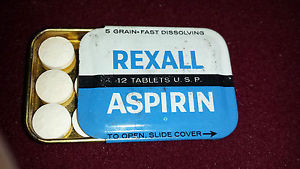 |
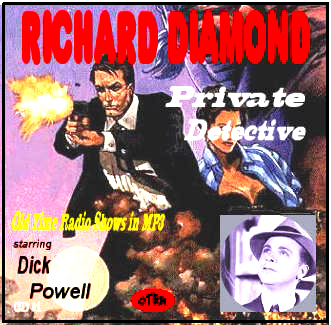 |
Like Bristol-Myers and other drug companies, Rexall Drugs was also a major sponsor of several radio programs. Rexall Drug Company was formed as a co-op which allowed local pharmacists to obtain over-the-counter products at prices comparable with the country's growing drug chains such as Walgreen Pharmacies. The independent pharmacies took on the appearance of a chain store by displaying a nationally known trademark for their stores and products. Rexall's sponsorships on radio included such programs as the Phil Harris Show, Richard Diamond-Private Eye and several other major network shows. |
|
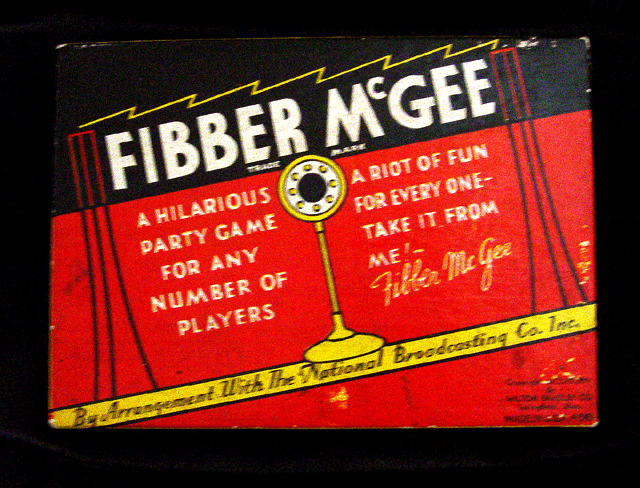
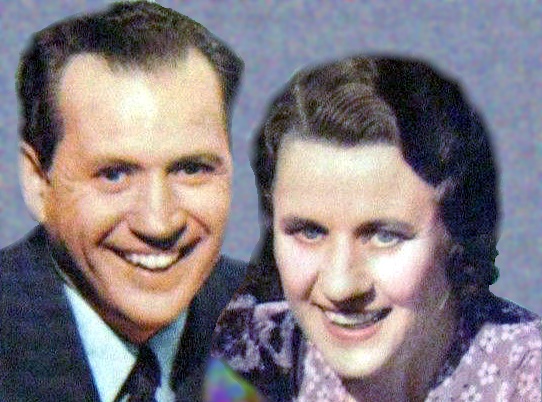
NEW ORLEANS BROADCASTING
 |
Because of its position as both the city in which Jazz was born, and as one of the major players in the 1950s development and acceptance of music performed by early Rock-N-Roll and African-American "Rhythm and Blues" performers, New Orleans underwent many changes in the ownership, management, and frequency allocations of the radio stations that served the city throughout that period. Of course the pioneering stations WWL and WSMB have carved out their niche in history, but many smaller independent stations played important roles in the history and culture of the Crescent City. Below, you will see a chart indicating the various stations that were on the air in the formative 1950s, their respective operating frequencies, and formats. |
CALL LETTERS |
FREQUENCY |
OWNERSHIP AND FORMAT |
| WWL | 800 / 870 KC | Owned by Loyola University of the South. Format was CBS affil with pioneering local live productions. Although Loyola owned the station license, the actual management of the station fell to a corporation of business leaders who were hand-picked by the Jesuit university. This was done to get around a Vatican directive that Catholic priests could not own for profit businesses. Money generated by the station went to an endowment to fund the university. |
| WSMB | 1350 KC | Saenger Theatre and Maison Blanche Dept. Store. (Format was NBC and later switched to ABC networks, along with live studio productions from 13th floor of Maison Blanche Building on Canal St.) |
| WTPS | 1450 > 940 KC | Owned by the Times-Picayune-States newspapers (News and independent local productions) |
| WTIX | 1450 >690 KC | Storz Broadcast Group (Classical at first, but switched to Rock-n-Roll featuring recordings by some black artists as well as popular R&R in the 50s) |
| WNOE | 1060 KC | Former La governor James Noe was owner. (Station was the original top 40s Rock N Roll station in New Orleans. WNOE was also the Mutual network affiliate) |
| WJBW | 1230 KC
|
Local DJ and studio productions. Featured Italian culture and religious programs such as the nightly Rosary broadcast in cooperation with local Catholic Holy Name societies, and the Sunday Italian Hour which was an all Italian language news and commentary program for the Italian community hosted by French Quarter grocer Biaggio Montalbano. This station also hosted Mid-Day Serenade, the first DJ type program in New Orleans. |
| WWEZ | 690 KC | Top 40s Station also featured legendary DJ Jack "Jack The Cat" Elliot.) |
| WJMR | 990 KC | Jorge Mayorial owner. (Station featured White DJs posing as blacks and playing R&B music. Poppa Stoppa and Okey Dokey were notable in this period, and New Orleans first black radio personality, Vernon Winslow, a Dillard University professor who was previously hired to coach the white DJs to sound black, but was prevented from on-air broadcasting himself, eventually broke the race barrier and appeared on-air as Dr. Daddy-O once the Civil Rights Era had cleared the way.) WJMR also owned the first UHF TV station in New Orleans |
| WDSU | 1280 KC | Station was founded by New Orleans radio pioneer Joseph Uhalt, and had studios in the DeSoto Hotel. "DS" stood for DeSoto and the "U" was for Uhalt. After WW-II, the station license was purchased by the Edgar Stern family, and the studio was moved to 520 Royal St. where they also constructed New Orleans' first television station WDSU-TV. WDSU Radio was the local NBC affiliate after WSMB switched to ABC, and they also presented local programming. |
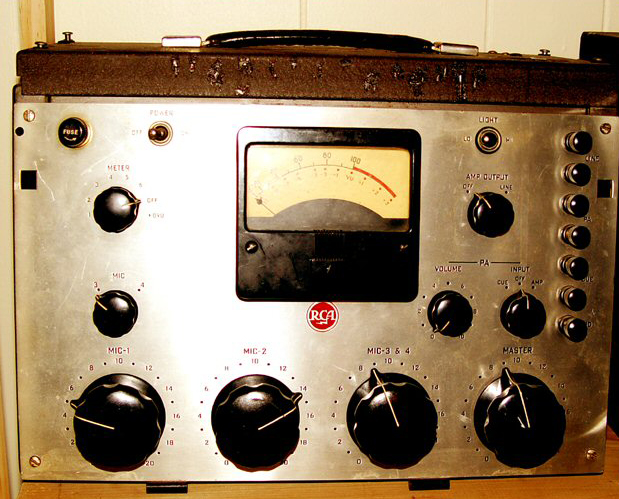
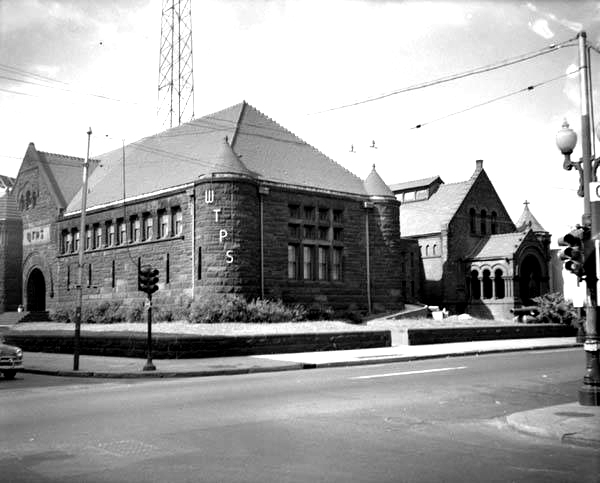
WWL, one of two early broadcast pioneers in the United States that had their origin in New Orleans, began life as a physics experiment in the laboratory of Loyola University of the South. WWL began as a meager 5 watt transmitter on the campus. Later, as the station's power was increased and it became a commercial station, the studios were moved to the famous Roosevelt Hotel on Barrone St. At that point, the transmitter power exceeded what could be accommodated in downtown New Orleans, and in 1932, a transmitter plant was built to the west of the city proper on the grounds of the Trudeau plantation along the banks of the Mississippi River near the St. Charles Parish line.
The logic in locating the plant on the river was that the signal would readily travel up river to markets in the Mid-West. It was, however, an unsuccessful experiment, and in 1938, as WWL became affiliated with CBS, a new plant was constructed on the shores of Lake Pontchartrain in Kenner (land that is now occupied by the Pontchartrain Center). With the 1938 move, WWL was granted "clear channel" status by the FCC, and the station's power was increased to 50,000 watts.
Shown below are photos of the River Road building and 10,000 watt transmitters, along with the later photos from the Kenner location. We also included an early photo of one of the live production studios from the second floor of the Roosevelt Hotel.
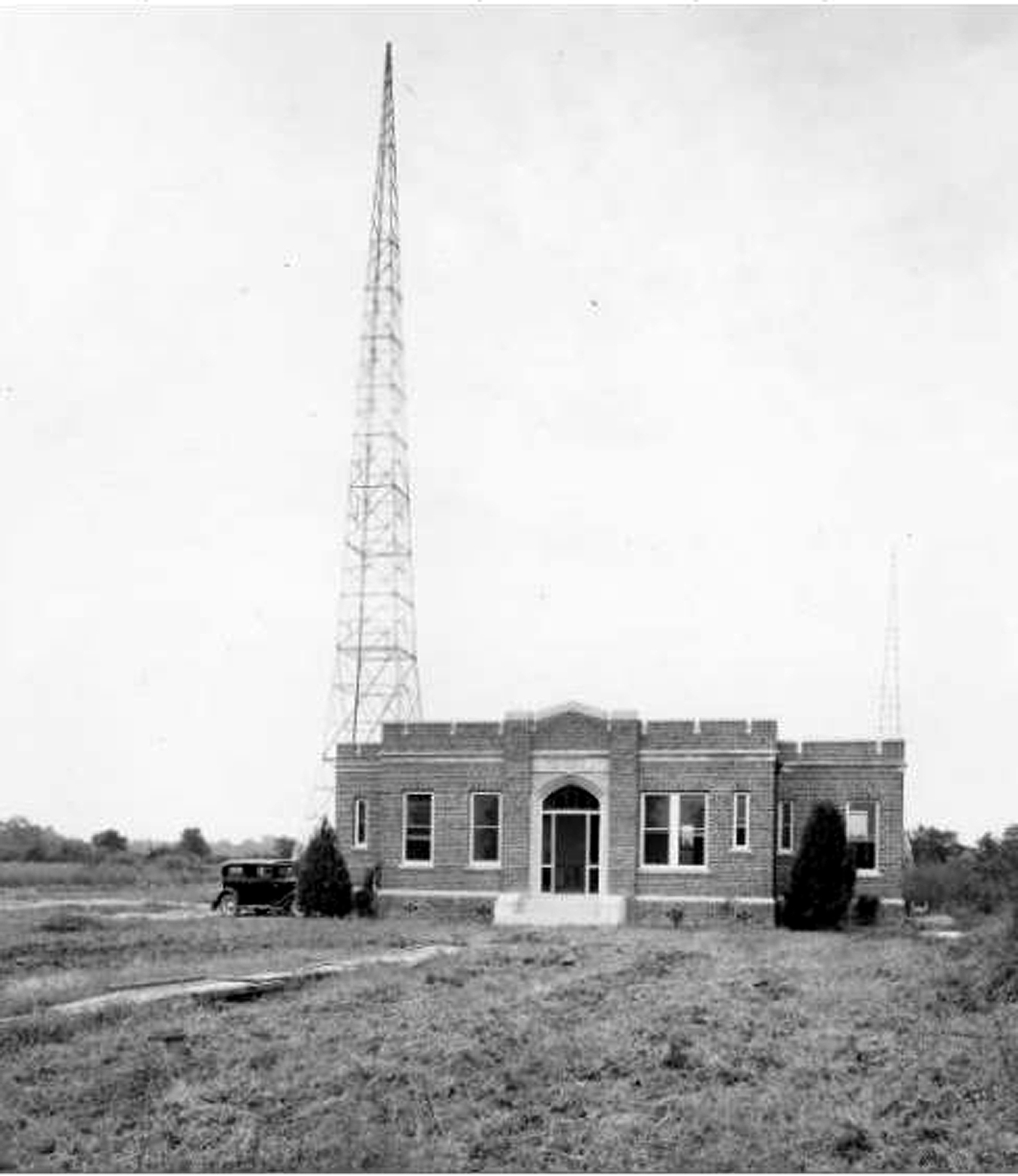
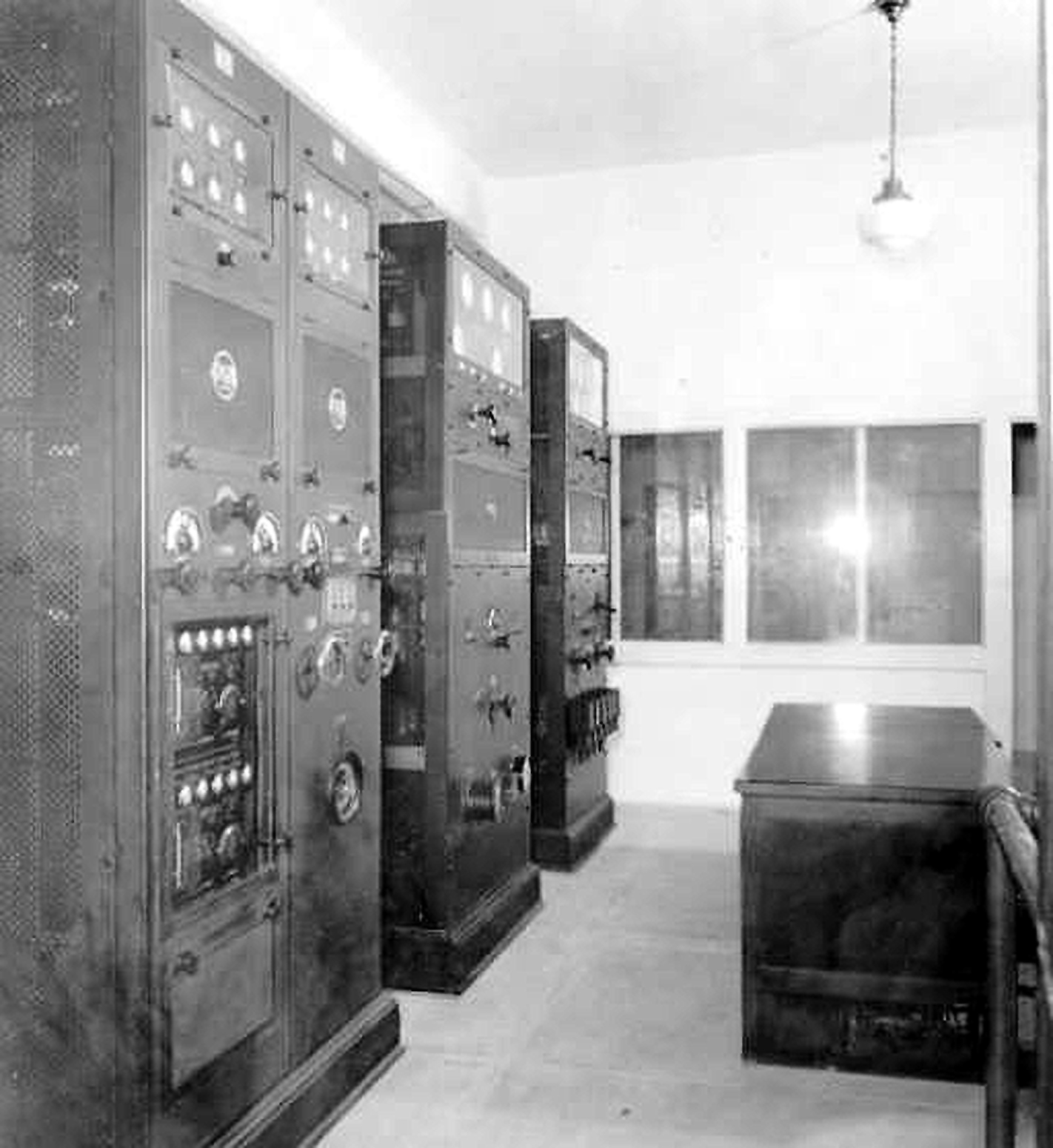
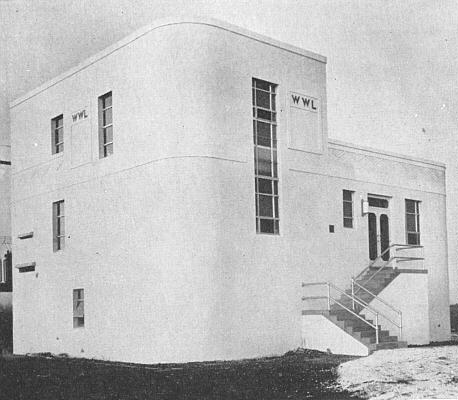
.jpg)
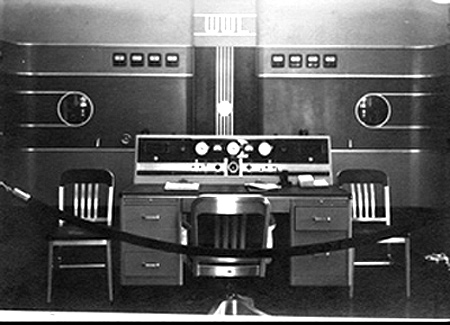
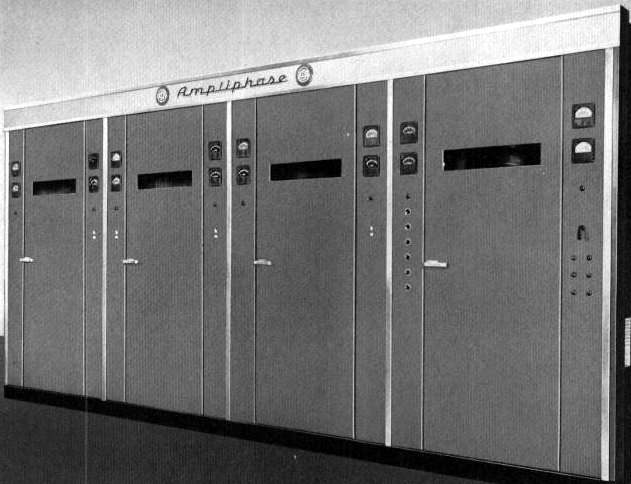
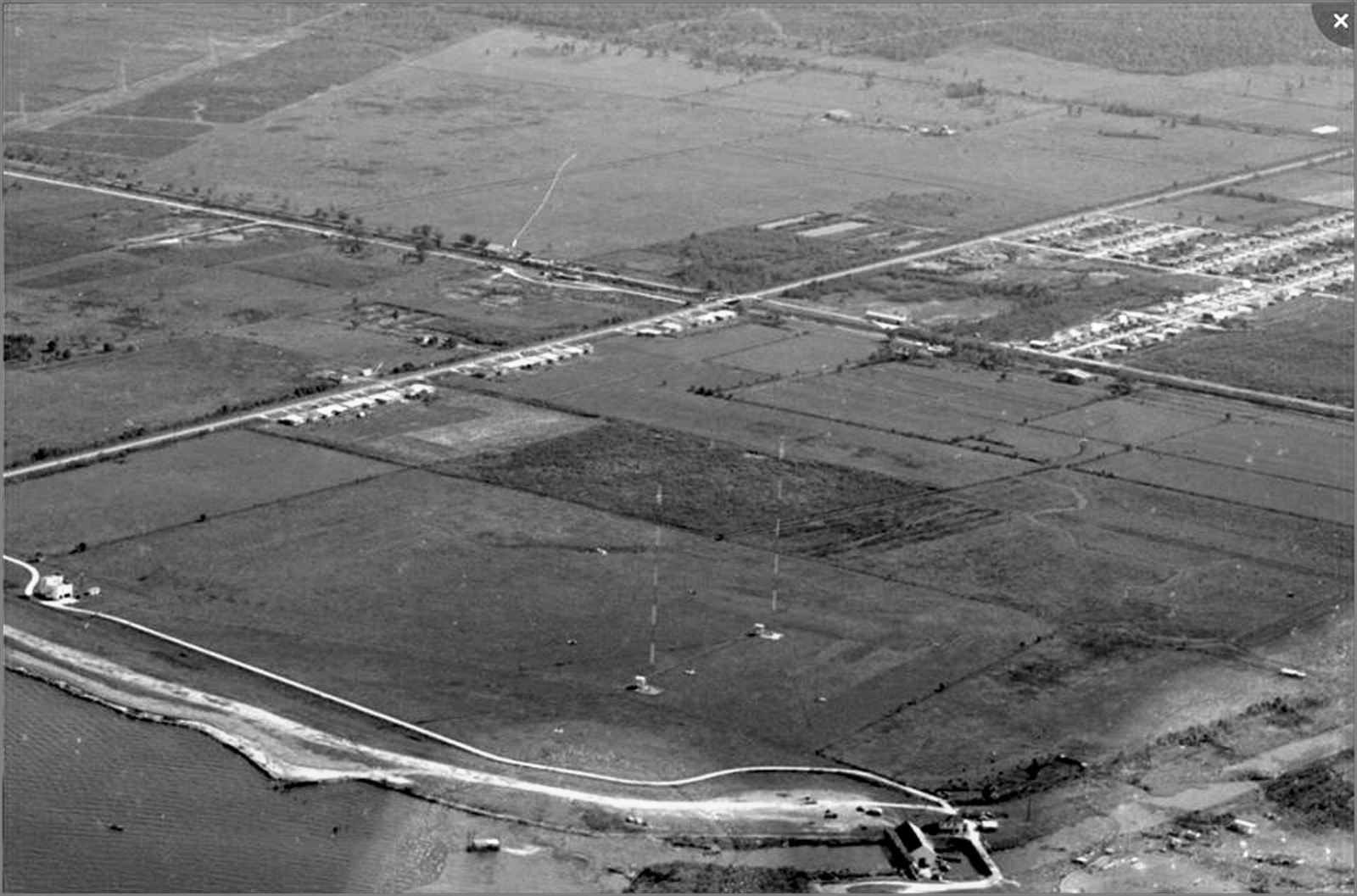
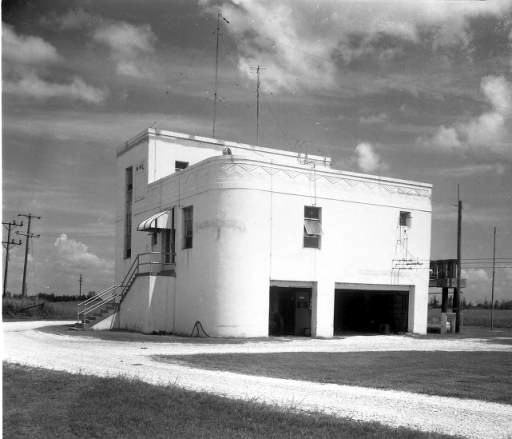
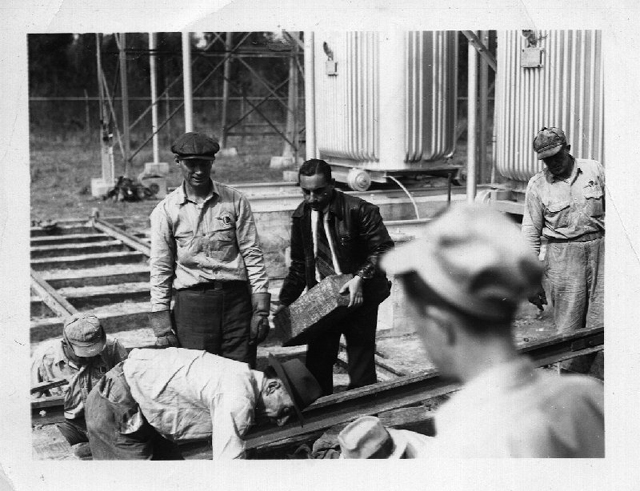
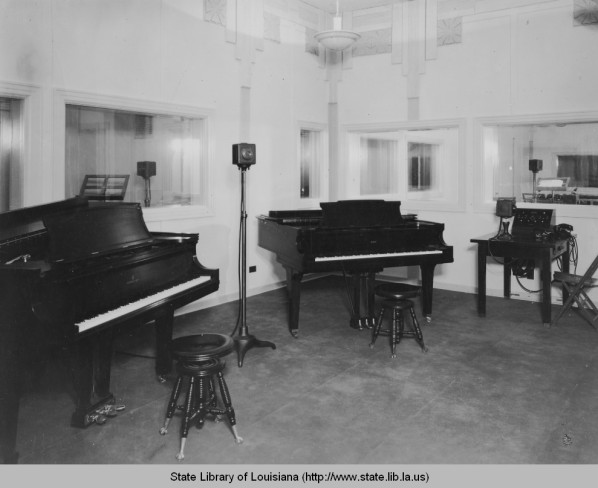
An early view of the WWL radio studio in the Roosevelt Hotel
The WWL Radio studios remained in the Roosevelt into the 1970s after which they were incorporated into the WWL television facilities in the French Quarter. Some years later, the Jesuit priests sold both the radio and television stations in order to raise money to support the university's endowment.
studios and transmitter for WSMB Radio
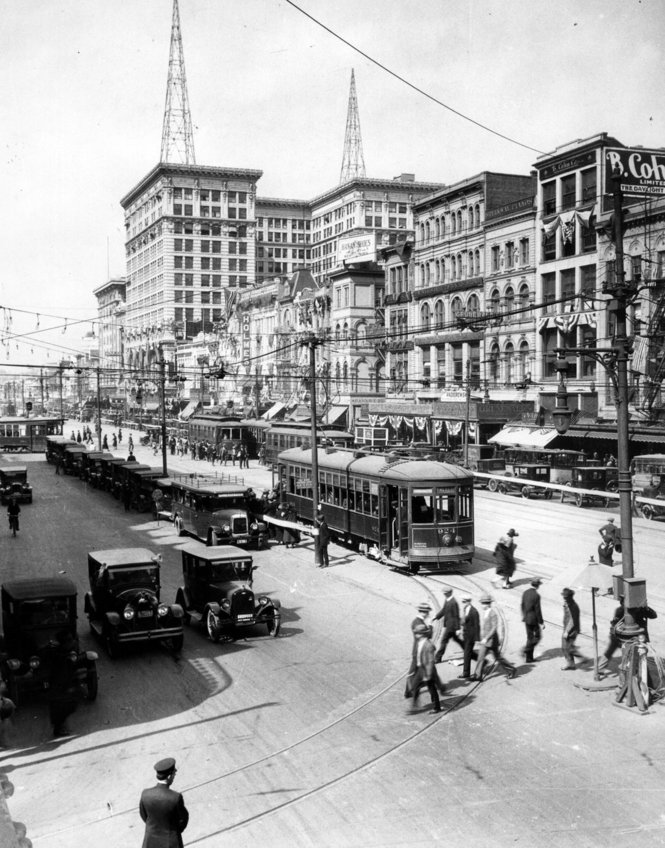
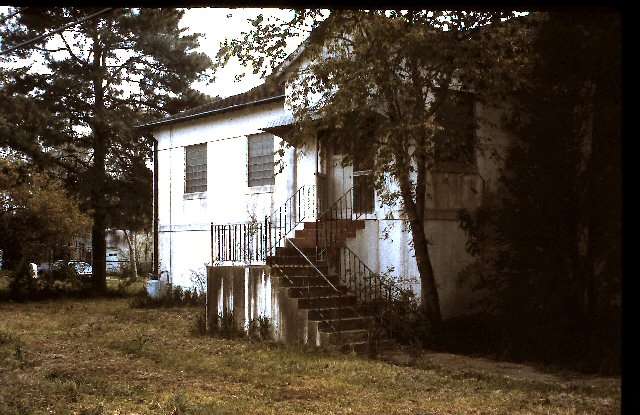
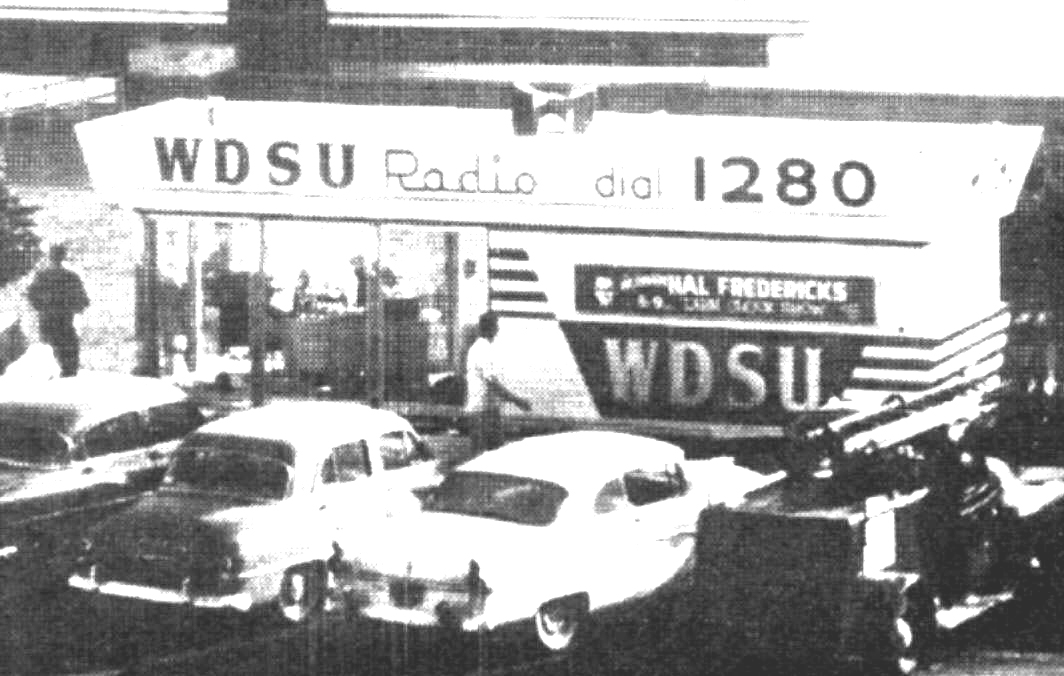
You have reached the end of the Communications Gallery tour. Thanks for visiting our communications collection. We hope that you met an old friend or two along the way.

73's



